Research
Our team conducted preliminary interviews (9 experienced XR users) who are part of the Seattle XR communities to develop profound questions for further research and scope project focus and sent out the survey (45 responses) to get high-level insights into barriers, goals, and views on XR community.
Our team conducted preliminary interviews (9 experienced XR users) who are part of the Seattle XR communities to develop profound questions for further research and scope project focus and sent out the survey (45 responses) to get high-level insights into barriers, goals, and views on XR community.

Research Findings
🤝 Experienced XR users expect the people involved to make positive impacts on an overall community
Most participants from expert interviews expect the future XR community to be inclusive, accessible, diverse, and engaging. One participant defined the XR community as “the level of involvement and the purpose of using technology for positive things.”
❌ People are not aware of XR opportunities
The survey results show that the most common barrier to XR was a lack of awareness of opportunities that people can get involved in.
💬 It’s time to talk to the people we’re designing for
To understand the needs of our targeted users, we conducted stakeholder interviews (8 participants). They addressed that a lack of organized information deters entry/engagement and people could not get the full experience when it’s online.
“
XR is very experiential so unless you see things working in front of you, you won't relate to it as much.
”
👩🎨 So we chose to “design with the users”

My teammates and I conducted a participatory design workshop to evaluate different mediums through which our solution would take shape. Our goal is to find a solution that could answer users’ needs and bring most values to the community.
Key Findings
🙋 Higher value on in-person communities
Most participants preferred in-person events and activities than meeting online. They see better opportunities to experience XR devices and collaborate with others although it requires higher commitment.
👨🦯 Accessibility is a forefront concern
Since XR is still very new, there are limitations to some people getting access to the devices. From the participatory design workshop, the majority of participants also stated a need for a hybrid approach to bridge the exclusivity gap.
Ideation
![]()
![]()
![]()
✏️ Sketch initial ideas from the findings — the physical and digital XR spaces
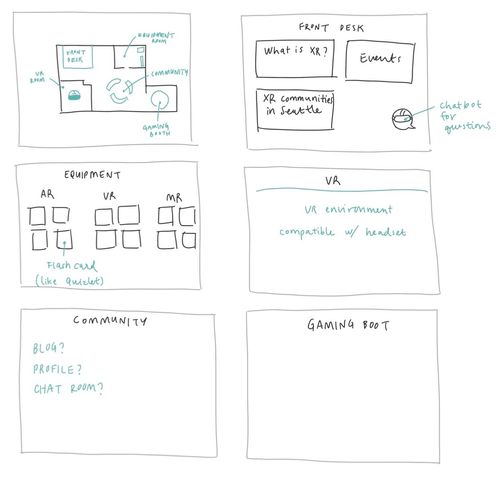
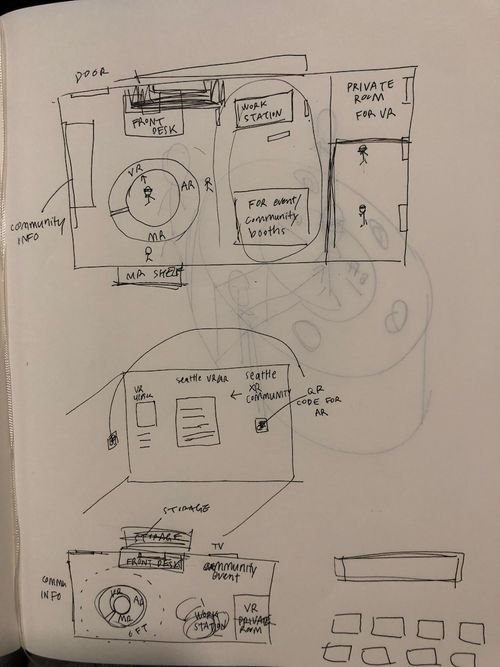
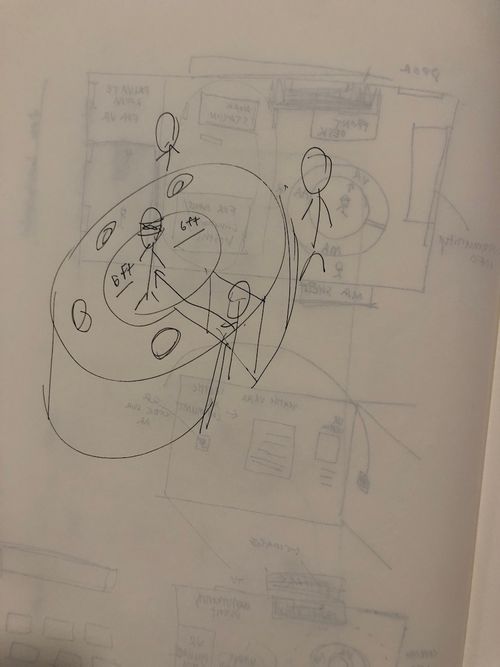
📃 Test from the earliest design
We created lo-fi prototypes of our XR community space and the website to conduct usability testing with an aim to identify any large gaps in our prototypes.
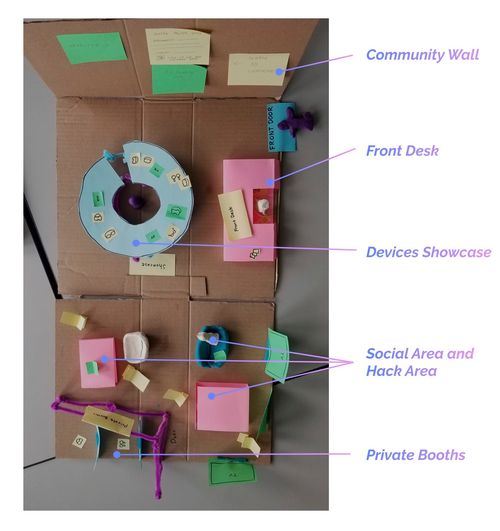
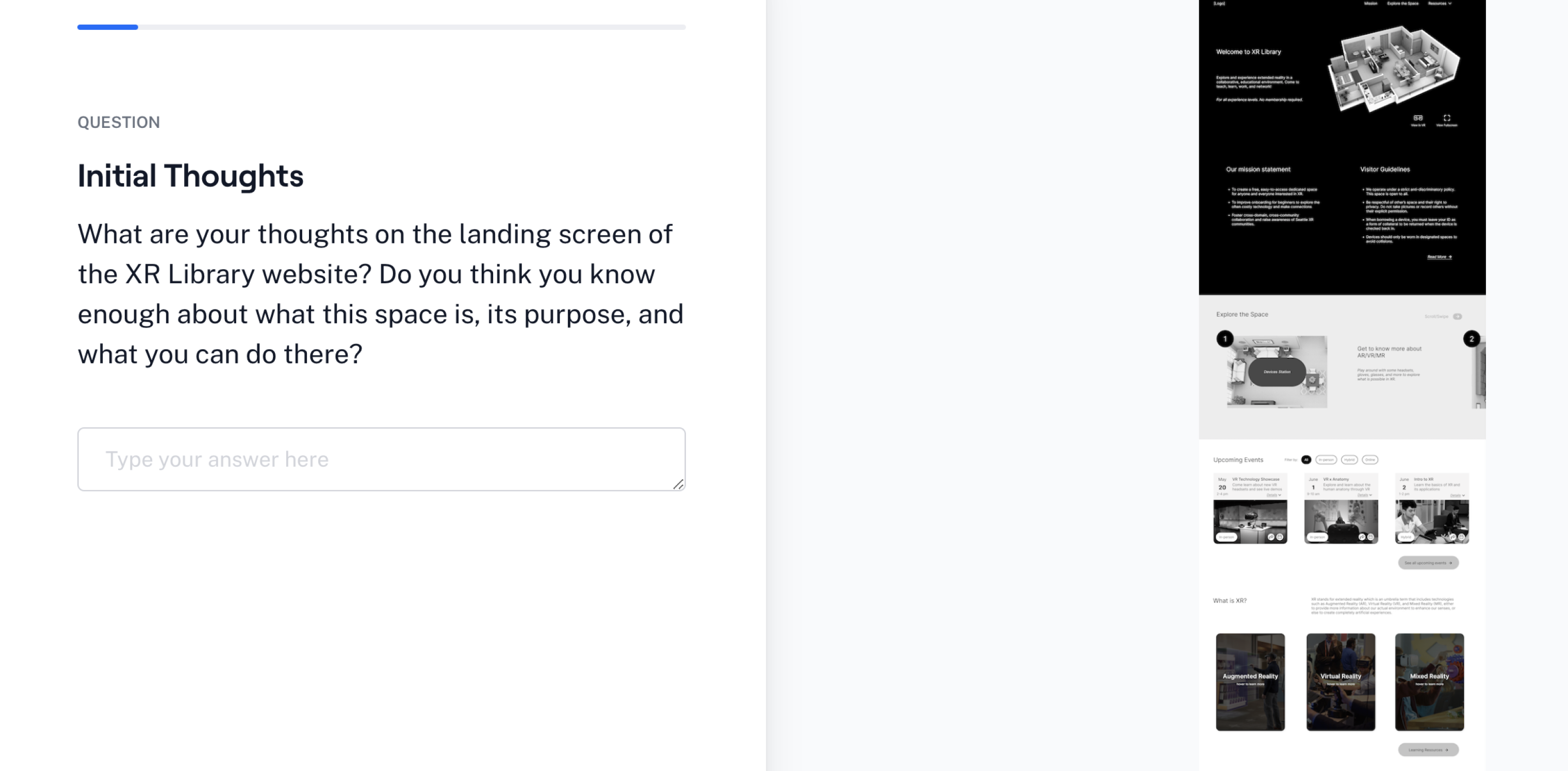
↪️ Critique and iterate from feedback
After getting feedback from usability testing, we identified areas where improvements were needed, such as refining the information organization, enhancing the clarity of content, and streamlining navigation within our XR physical space. Each iteration brought us closer to a final solution that not only met our users’ needs but also delivered meaningful value to the XR community.
Iteration 1
